Reflecting on the Role of Research Assistants with Jessica Botts
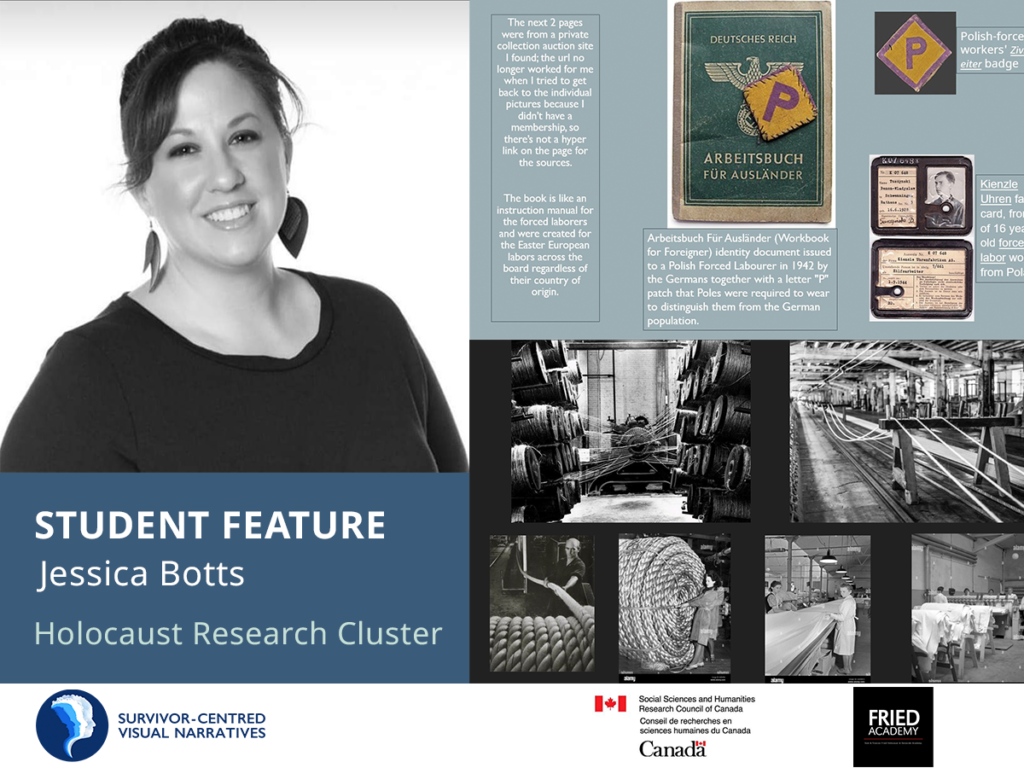
From transcribing interviews to navigating the archives, Research Assistant Jessica Botts had an instrumental role in the process of developing Two Roses, the graphic novel created by Miriam Libicki in collaboration with Holocaust survivor Rose Lipszyc.
Jessica is a U.S. Navy Veteran who has lived in and been deployed to several countries. Currently, she is a graduate student pursuing a master’s degree in Environmental History at the University of Nebraska Omaha, with a minor focus in Native American Studies. She joined the SCVN project in September 2023, and worked closely with Holocaust Research Cluster Co-Lead and historian, Dr. Mark Celinscak, and graphic artist Miriam Libicki.
As a Research Assistant, Jessica transcribed interviews between Miriam and Rose and researched throughout historical archives for specific information and materials for Miriam to consult. To prepare her research findings for Miriam, she created PowerPoint presentations with a selection of historical images and notes describing historical sources and translations. The collection of images provided a visual reference for Miriam to develop her graphic narrative.
The following images are a selection of highlights from Jessica’s research:
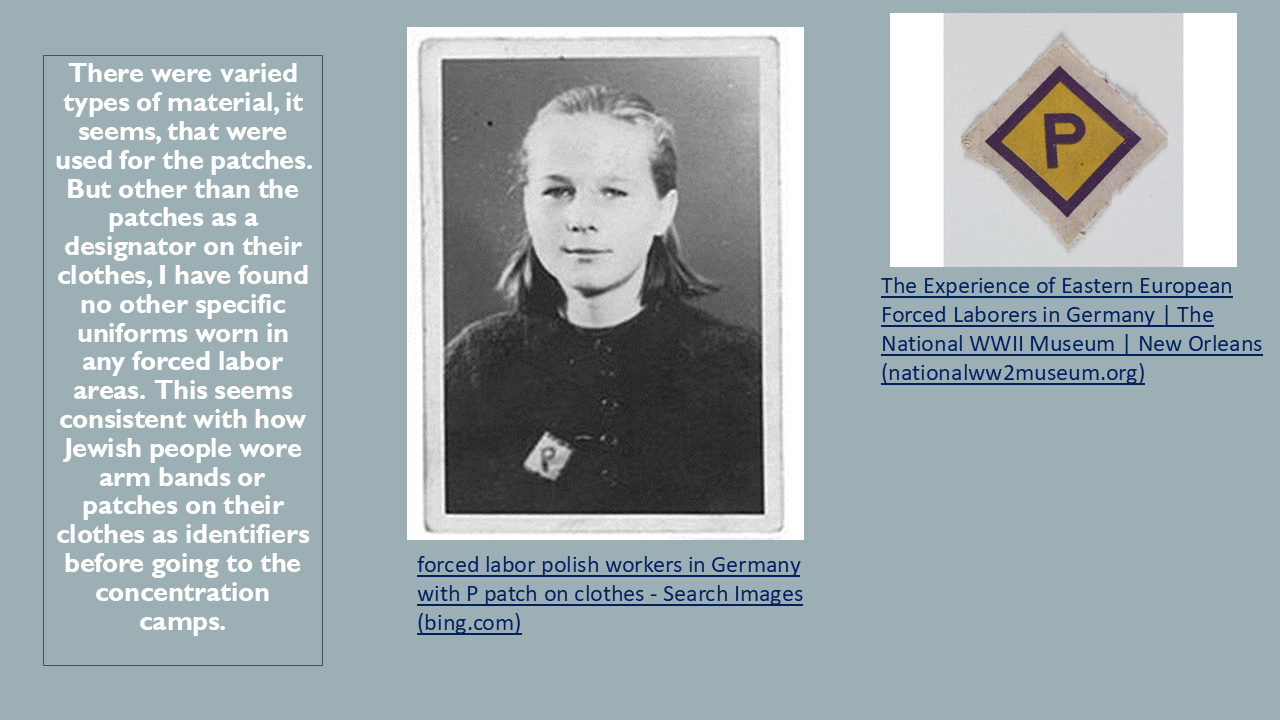
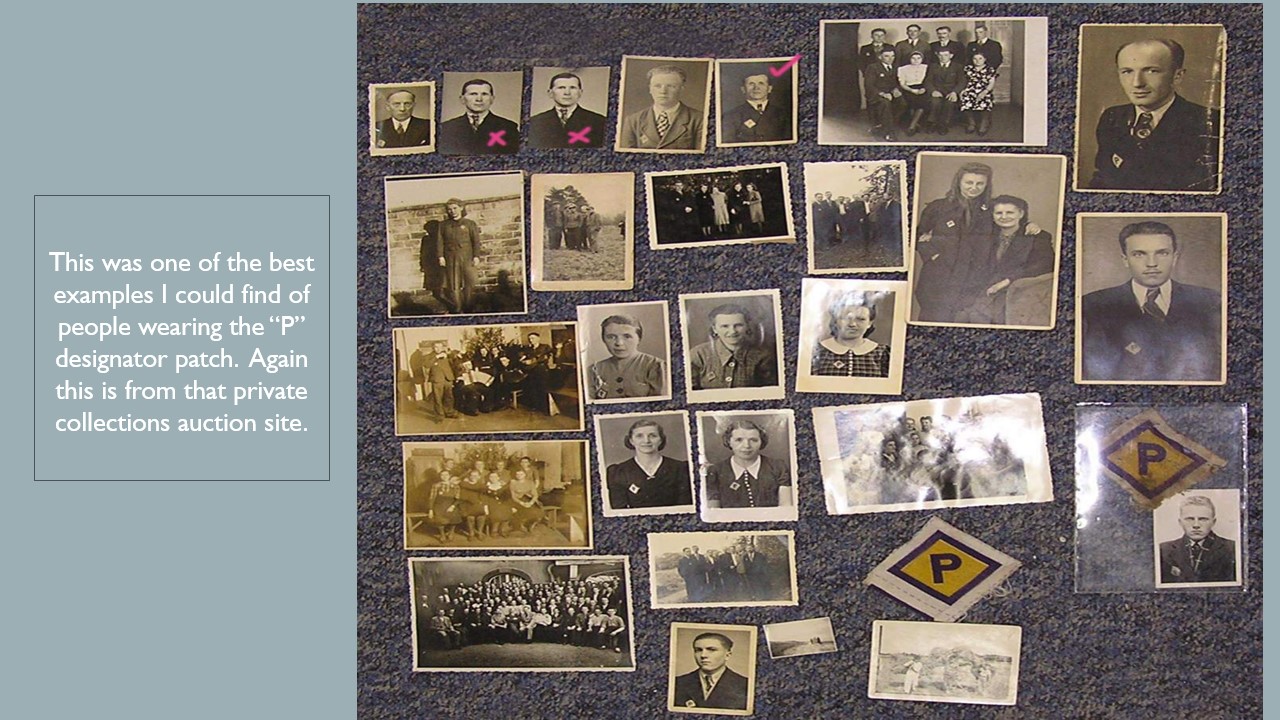
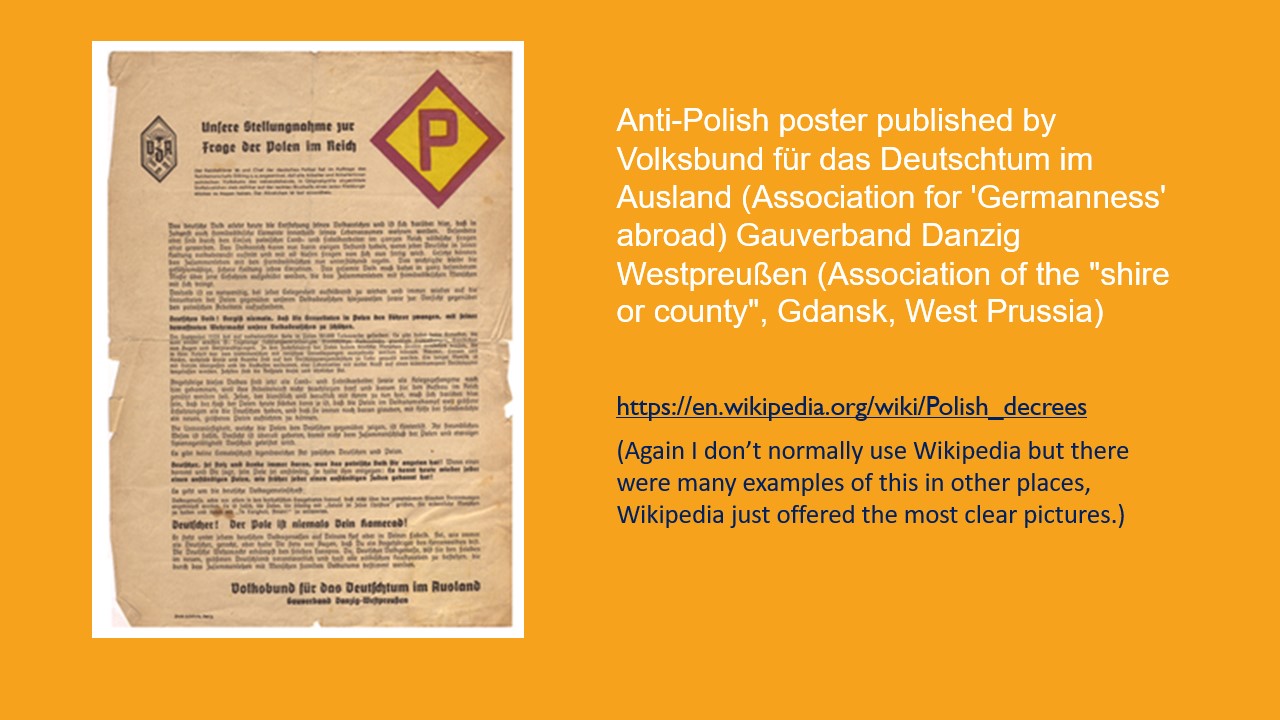
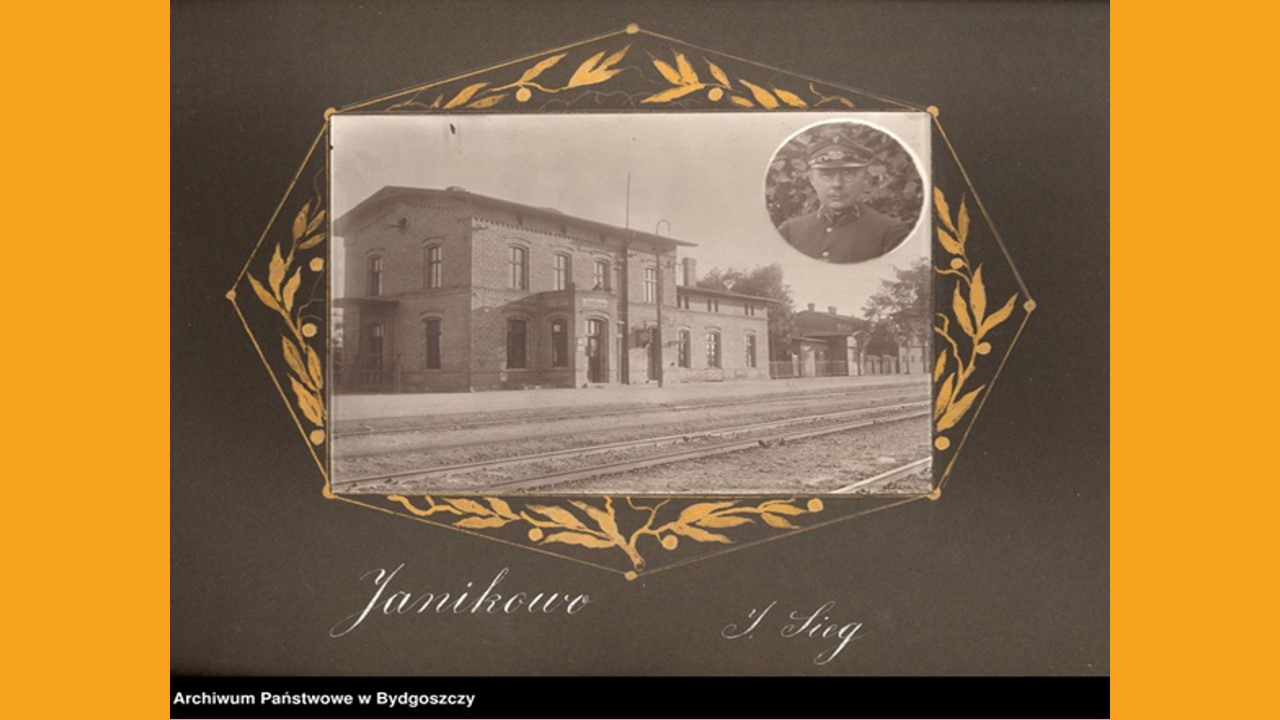
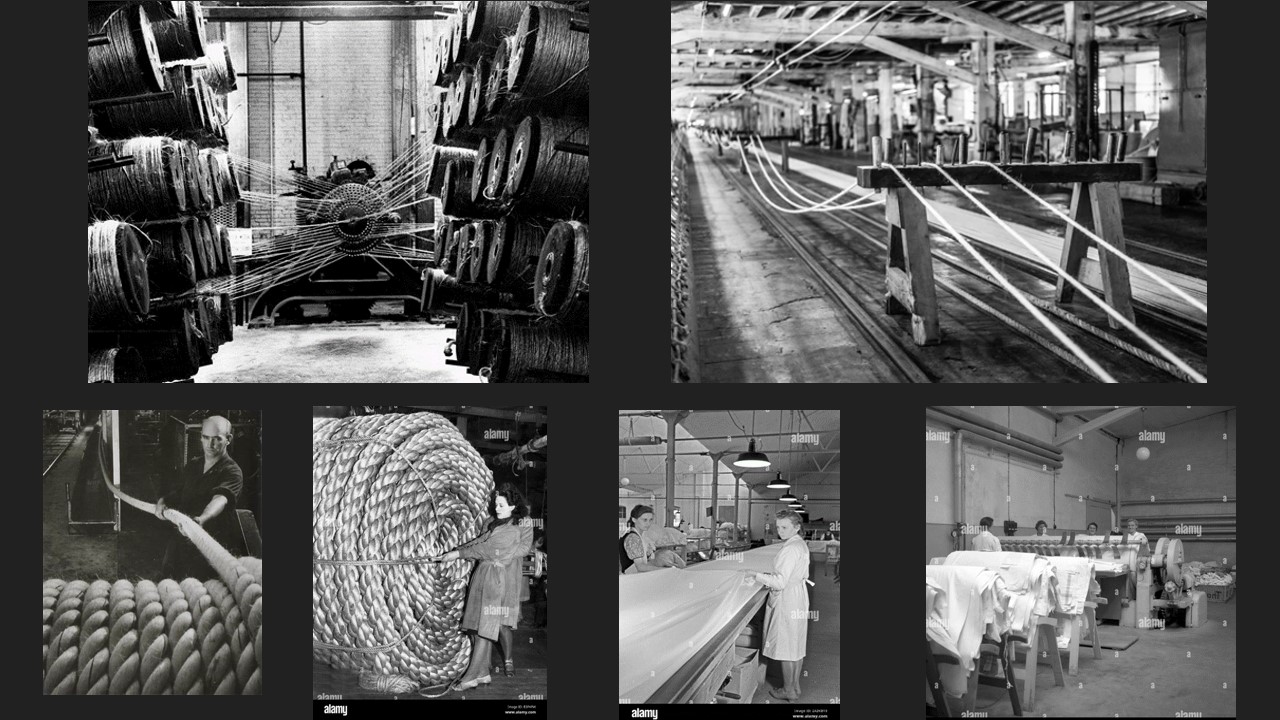
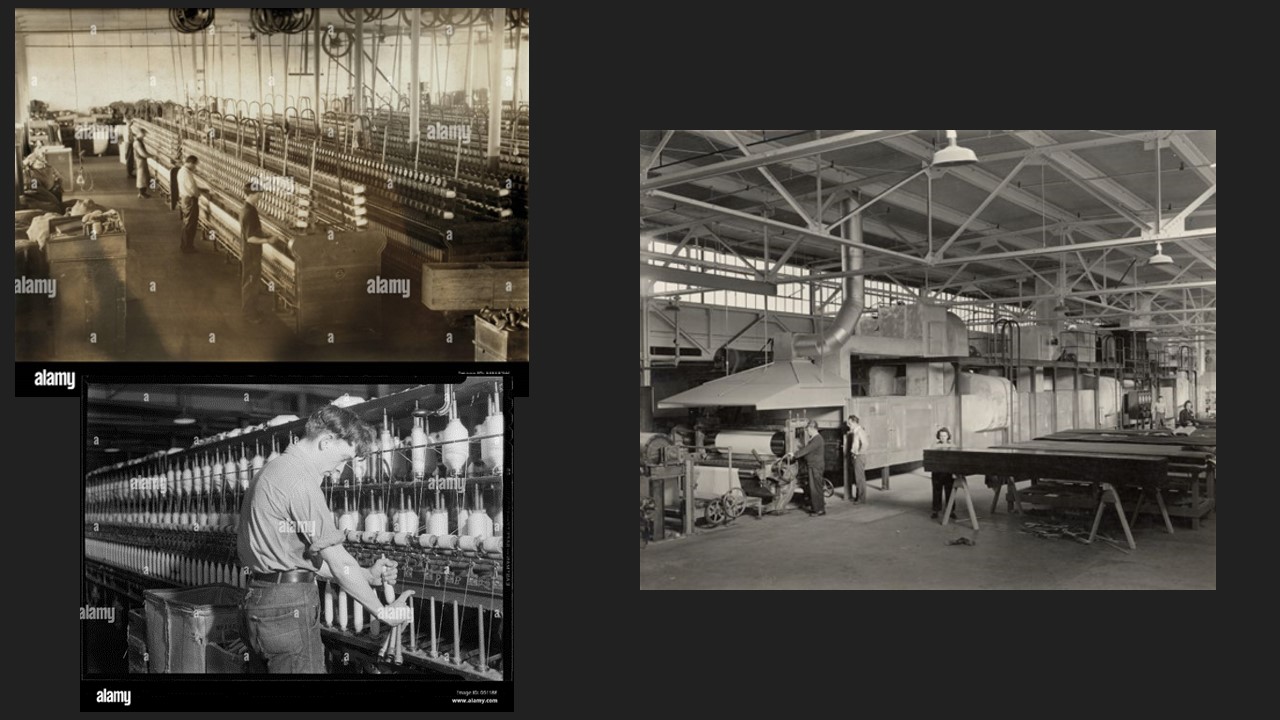
We also followed up with Miriam, who shared her experience of collaborating with Jessica, and highlighted her detailed approach and diligence:
“Jessica had to transcribe, type and organize four days of conversations, with a quick turnaround so that I could start on my script. She also helped enormously when I was first establishing the look of the story’s settings. She found photos both recent and archival, of Rose’s birthplace neighbourhood in Lublin, as well as the clothes and patches Polish slave labourers were given to wear.
Without my asking, she found photos of the very specific stiff wooden shoes labourers all wore, and when I showed this photo to Rose, it brought back strong memories and great sensory descriptions of slipping on snow.
I really appreciated how organized Jessica was, and how she diligently kept me updated on her progress and her research plans.”
Jessica’s role as Research Assistant on SCVN was unique due to her close and direct support to one of the graphic artists. In January 2025, she shared the following reflections on this experience with us:
“It has been a privilege and honor to work as a Research Assistant with historian Dr. Mark Celinscak and graphic artist Miriam Libicki on the Survivor-Centered Visual Narratives project to create a graphic novel about Rose Lipszyc’s story of surviving the Holocaust with her aunt. I have learned a lot about the Second World War and the Holocaust that I never knew before. Though I never met Rose in person, I feel like I know her because of the friendship and openness that she shared with Miriam, Dr. Celinscak, and others in the recordings of their time together. As a Research Assistant on the team, it was my job to transcribe their many interviews together. In the interviews with Rose, I listened to her story and became quite familiar with it as she revealed the details from her memories of her time in hiding in plain sight, as they unfolded bit by bit. Rose told of how a Jewish girl from Poland escaped the rounding up of the Lublin Jewish population and went on to work in Germany at a factory under the noses of her oppressors. She and her aunt made every situation work out as best as possible for them, and with a bit of luck, quick-wittedness, and some unlikely friendships, they were able to make it through the war until Allied troops came and liberated the area.
Documenting Rose’s story into written transcriptions helped Miriam ensure she could capture each detail to be highlighted on the pages of the novel.
In addition, I was often asked to find historical photographs of the places and clothing Rose encountered and wore on her journey. I then put them into power points for references for Miriam to create the visual depiction of Rose’s story for the novel. Sometimes, to give perspective, I would find modern pictures of specific locations to contrast with generalized pictures of a similar place when period photos were unable to be located. I used military archives, different types of maps, Polish national archives, photos from groups where people were sharing their family histories about how they lived and what they went through during WWII as Polish laborers, and sometimes just scouring pages on the internet to find images for Miriam to reference. The photographs shared by descendants from Polish families telling about their family’s stories were especially helpful because Rose and her aunt posed as Polish girls from the countryside, working in German factories to send money home to their families.
Rose is astounding in terms of the number of languages that she speaks. To pull off posing as Polish laborers, Rose had to speak “a perfect Polish,” as she would say, though that was not what was spoken at home growing up but was learned at school; she also learned German while in Germany, and spoke Yiddish, Hebrew, and later learned English as well when she immigrated to Canada.
Because Rose speaks so many languages, she would sometimes recall songs, sayings, and conversations she had had in another language, and I would have to figure out the translation for it.
I am very fortunate to have lived in Europe for several years and have friends who speak German fluently and have a grasp of other neighboring countries’ languages, so they were able to help me with translations at times when trying to search the internet for them was unfruitful. Dr. Celinscak also had academic colleagues overseas who assisted me by looking through some local archives to help find photographs and information I could not access.
I have found it fascinating and encouraging to see how different relationships and friendships helped bring Rose’s story to life in the graphic novel Miriam authored and illustrated. Through researching, writing the transcriptions, finding proper translations, and historical images, I became engrossed in the stories, videos, and images of Holocaust survivors.
It truly is heart-wrenching to know the atrocities that people had to endure and inspiring to see how they have overcome that trauma to move on with their lives afterward.
Rose would tell how her mom would say that she did not think the whole world had gone crazy and that someone would help her. Hearing her tell about some of the small acts of kindness she and her aunt were given demonstrated the hope in the human spirit her mother held during such a terrible time lived out in the day-to-day exchanges in people’s lives. It could become frustrating when pictures, documentation, or paperwork seemingly disappeared from the historical record when I could not find what I was looking for to help Miriam. It was like somehow the evil of that time had won that battle of the documentation that was such a big part of people’s lives from that time period, but then seeing how people around the world worked together to help put all the pieces together to complete bringing Rose’s story to the graphic novel page, it felt like a victory again too. I genuinely appreciate the opportunity to be a part of this project and to have had the privilege to get to know Rose and her story, as well as Miriam and many other people who are a part of the Survivor-Centered Visual Narratives project.”
On behalf of the SCVN team, we sincerely thank Jessica for her hard work and dedication. Her contribution was essential to supporting Miriam’s work and telling Rose Lipszyc’s story as closely as possible to her testimonial.
